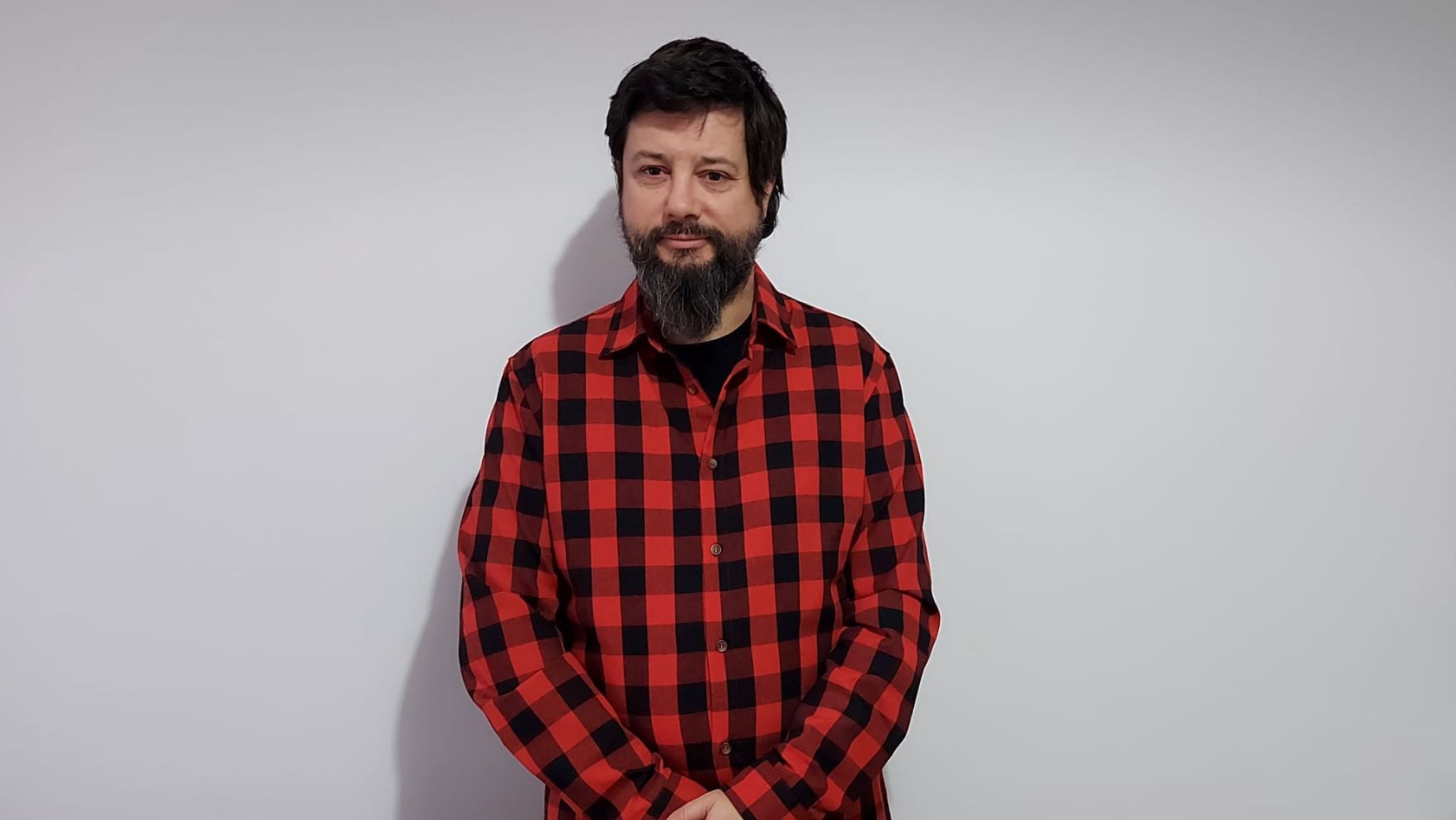
Reviving: real estate investment against depopulation
Last Updated on 14 November 2025 by Equipo Urbanitae
Sometimes, great ideas are born from the most ordinary problems. In Ausejo, a small village in La Rioja, an old house once used as a warehouse became the origin of Revivía — a project with a social impact. When the owners decided to sell, the tenants faced a common rural reality: lack of resources and no access to small mortgages for home renovations. That challenge revealed a hidden opportunity in the rural real estate market. Íñigo Añaut and Antxon Aizpuru, the company’s founders, turned that challenge into a replicable model: bringing empty houses in villages back to life and turning them into affordable, sustainable, and vibrant homes.
What sets your proposal apart from traditional real estate models, and how has it evolved since the beginning?
Unlike other real estate investment models, ours is an impact investment. Our investors are not only seeking returns but also a measurable social impact — and our model combines both.
At Revivía, we offer returns of around 6% and a tangible impact: each renovated house becomes a new home, rented at an affordable price, allowing a family to settle in a village.
Turning empty houses into affordable, profitable homes doesn’t sound easy. What makes your model sustainable in the long run, for both investors and the villages?
It’s not easy at all. Sustainability lies in balance. The investor must earn a fair return while offering affordable rent.
For now, we’ve identified several houses that meet the right balance between profitability and affordability — but houses are limited, and not everyone can invest.
Unfortunately, rural house investments aren’t for everyone: small mortgage loans don’t exist, and one must also assume the costs of renovation.
For the villages, however, it’s a very sustainable model — it doesn’t create uncontrolled growth but revitalizes gradually. New families arrive, heritage is restored, and the local economy is reactivated without changing the village’s essence.
In the areas where you operate, what real changes have you observed thanks to your model — in families’ lives, local employment, or the municipal economy?
The project is already having a visible impact. Families who settle integrate into the community, children attend local schools, and adults find new job opportunities in the area.
Each restored home brings life, work, and energy to the rural environment, proving that the model works and can sustainably revitalize villages.
What type of investor is most interested in Revivía, and what advantages do they find in your model?
The most common profile is people between 40 and 55 years old, financially comfortable, grateful for what life has given them, and eager to give something back to society. They want to know that their money is generating something positive while also providing them with monthly income.
What they value most is knowing where their investment goes and seeing the real impact it creates.
You use a proprietary tool that analyzes data from the INE, Cadastre, and SEPE to select the best locations. How does it help you make decisions and minimize risk for investors?
Our tool gathers and cross-references data from multiple sources: demographic trends, income, employment, housing prices, services, and connectivity.
With this information, we generate a score for each village and each house. It also includes a renovation cost estimator based on our real expenses.
This allows us to give investors highly accurate, realistic figures, with margins and returns calculated from data — helping us strike the right balance between profitability and affordability.
The real estate market is under great pressure: rising prices, limited supply, and reduced access to housing. How does a project like Revivía fit into this scenario? Could it help ease pressure on the urban market?
That’s precisely why it makes even more sense now. In major cities, prices are skyrocketing, and more and more families are being pushed out of the market.
Of course, focusing on villages won’t solve the housing crisis at a national scale, but it can offer a viable alternative for many families seeking quality of life and affordable rents.
At the same time, it brings new life to abandoned heritage.
How is investors’ perception of purpose-driven or impact investing evolving compared to traditional investing?
More and more investors are seeking something beyond profit.
“Impact investing isn’t charity — it’s common sense: earning money while generating social or environmental benefits.”
There are impact investments that can also yield good returns. We’re at a point where people want to put their money where their values are reflected.
Looking ahead, what changes and opportunities do you see in the rural real estate market? Could models like Revivía collaborate with crowdfunding platforms to scale their social impact across other regions?
There are thousands of vacant houses in well-connected villages with all the necessary services that could become homes right now — but, as I mentioned, they’re “hard to buy.”
Additionally, there are very attractive villages with many plots owned by banks. In my own village, Albelda de Iregua, from my apartment window, I can see nine plots with signs from well-known banking funds.
That’s why I believe we’ll see more hybrid models combining investment, impact, and public-private collaboration.
We’d love to open the door to small investors through crowdfunding; perhaps the way forward is to collaborate with existing platforms like Urbanitae, which already provide the necessary infrastructure.
“Our goal is to prove that restoring empty houses can be both profitable and socially transformative.”
If we succeed, the model could be replicated anywhere that offers the right conditions — attractive villages with houses that strike a good balance between profitability and affordability.

